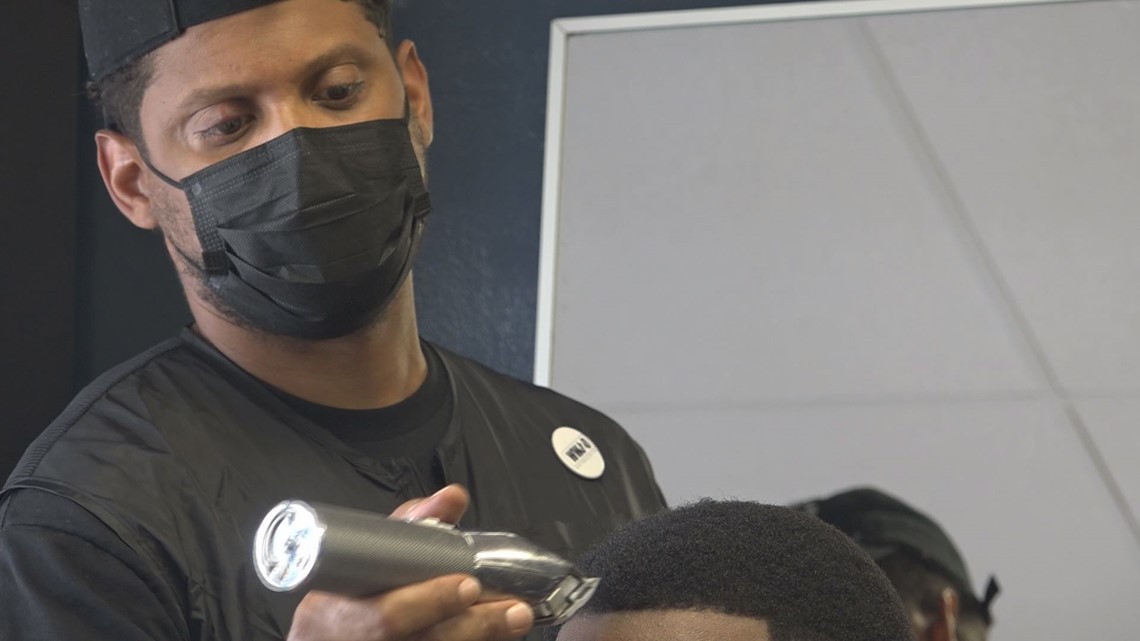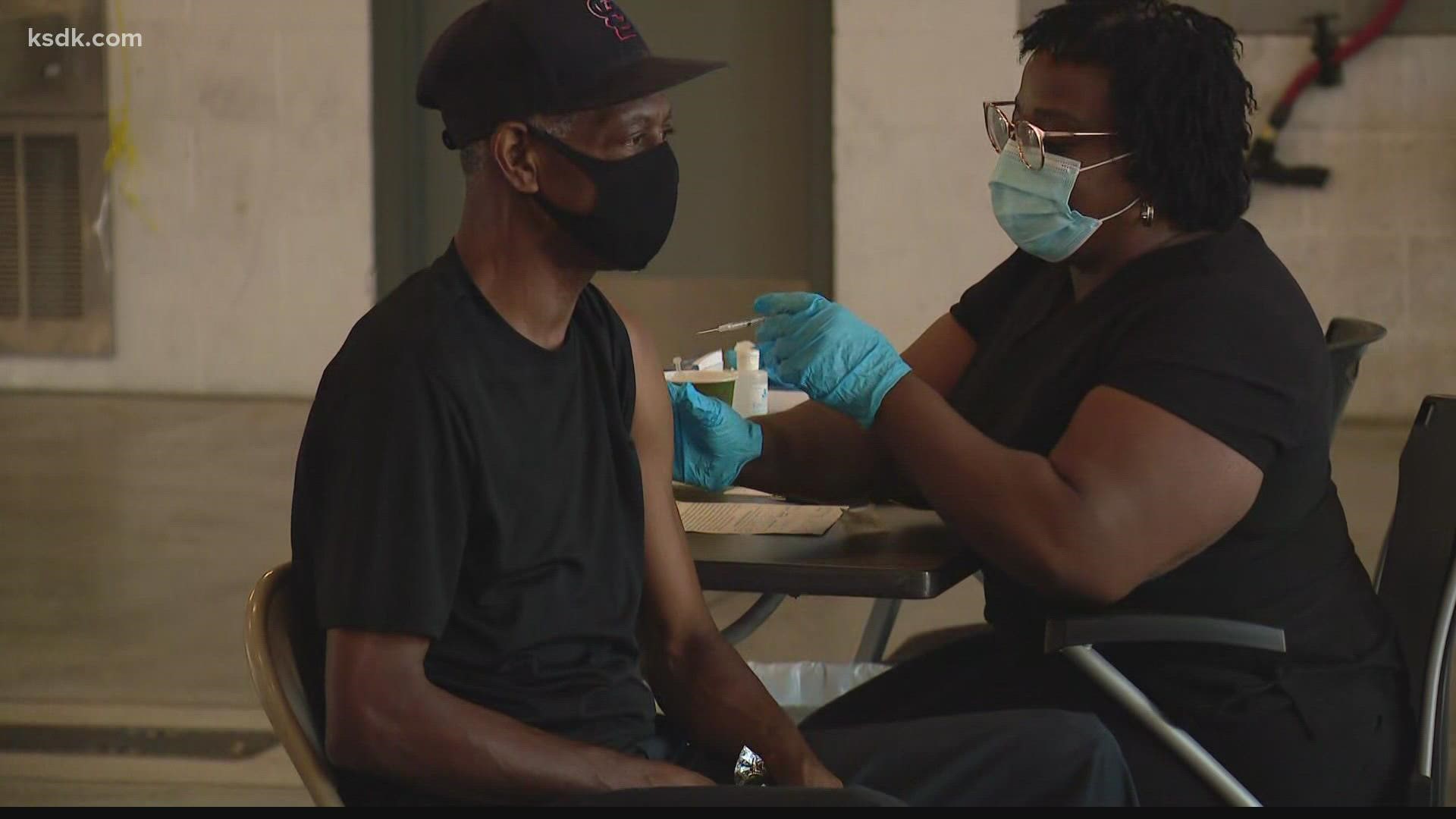ST. LOUIS COUNTY, Mo. — COVID-19 was the third-highest cause of death for St. Louis County residents in 2020, behind heart disease and cancer, according to a report released Monday by the department of health.
The report attributed COVID-19 as the cause of an overall life expectancy decline of 2.3 years in the county, compared to a decline of 1.5 years for the country as a whole.
In total, there were 11,958 deaths in St. Louis County in 2020, a mortality increase of 21.3% from 2019. COVID-19 killed 1,310 residents --11% of all deaths in St. Louis County last year. It beat out other causes of death such as unintentional injury, stroke, Alzheimer's Disease, and Chronic Lower Respiratory Disease.
"Even when all five years are combined, COVID-19 was the seventh leading cause of death for 2016-2020," the report said.
The report also found that Black residents were 2.4 times more likely than white residents to die from COVID-19, and life expectancy among Black men declined by 3.4 years and Black women by nearly four years.
The "Outer North" and "Inner North" subregions and those living in neighborhoods with high poverty levels had the highest COVID-19 mortality rates.
The lowest mortality rates were in the central and south areas of the county.
St. Louis County Executive Sam Page gives an example that a resident living in the Berkeley area zip code 63134, which wraps around the eastern edge of Lambert Airport, can be expected to live to the age of 66.
Yet, 10 miles away in a Clayton zip code 63105, a resident is expected to live 20 years longer.
"Today's report shows how historic health disparities continue to play out here and across the country," said Page in a morning press conference announcing the results of the report.
Page noted that the first COVID-19 death in the county was announced in the third week of March but the virus quickly caught up with other frequent causes of death that occur throughout the year. He stressed the importance of residents getting vaccinated against COVID-19, as well as for the flu as flu season approaches.
The report also found that the infant mortality ratio had declined by 48%, a decrease from 8.2 deaths per 1,000 live births to 4.3 deaths. But Black babies died at a rate twice as high as white babies, the report said.
To help with the numbers, SLU analyzes public health data from the county, through an expanded partnership, to strengthen COVID-19 transmission tracking and research in the area.
Rachel Charney is SLU's Medical Director of Emergency Preparedness and explains the importance of looking at these trends.
"By understanding where these disparities are and where these trends are, it helps us know where you should set up a vaccine clinic," Charney said. "A lot of that data helps us figure out what our community needs from."
Pat Washington, Urban League's Vice President of Communications knows though, this disparity isn't anything new.
It's just intensified under COVID's grip.
"What we're seeing is a continuation of health inequity systematically," she said.
That's why the organization is creating specific vaccine hesitancy campaigns to dismantle misinformation and forming vaccine events in neighborhoods.
"Health inequity that is systematic is not a swift race, it won't be won overnight. This is a long fight, a long battle, and we are in it to win it," Washington explained.


Thomas Higdon aims to make an impact in North County through his shop.
The Mane Coarse Barbershop has been around since 2014 and he sees about 500 clients per week.
"Just by talking to my customers, I realized that a lot of info was off and it was bad information," he said. "They just don’t really trust the system. I just wanted to put the facts out and give everybody an opportunity to get vaccinated."
That's why he's partnered up with the health department to arm clients with the right information.
He's even hosting a vaccination event of his own on Oct. 9 from 1-5.
Higdon is optimistic.
"I’m starting to see a trend that a lot of people are wanting to get, even those who were on the other side. It’s already helping I believe," Higdon said.
Click here to read the full report.

